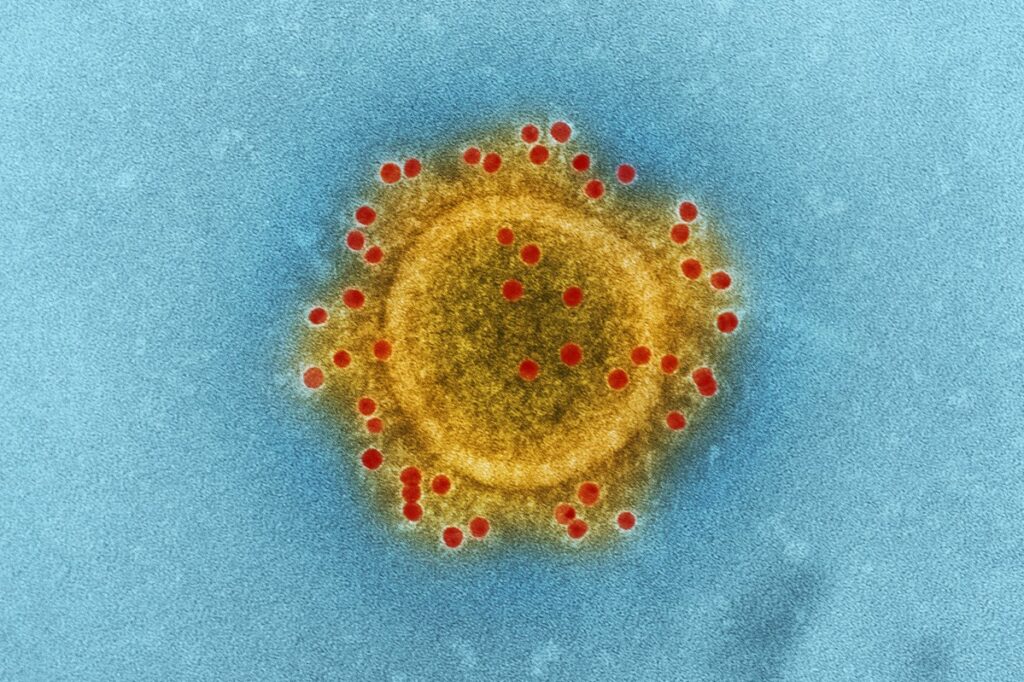As more people look for eco-friendly and alternative options to traditional burial and cremation, aquamation (also known as alkaline hydrolysis) has gained attention. However, a common concern is whether aquamation is safe for individuals who have died of contagious diseases. This article will explore how aquamation works, its safety protocols, and why it is considered a safe method of body disposition, even for those who have passed away from infectious conditions.
What is Aquamation?
Aquamation is an alternative to traditional cremation and burial that uses a water-based process to break down the body. Also known as alkaline hydrolysis, it involves placing the body in a pressurized chamber with a mixture of water and a small amount of potassium hydroxide. The solution is heated, but at lower temperatures than flame-based cremation, causing the body to decompose into its chemical components over several hours. What remains after the process is a liquid containing amino acids, peptides, salts, and other organic materials, along with the bones, which are processed into a fine powder similar to cremated remains.
This process has been praised for being environmentally friendly, as it uses far less energy than flame cremation and does not emit harmful pollutants such as carbon dioxide or mercury. But in addition to its environmental benefits, aquamation also raises questions about its safety in handling deceased individuals who carried infectious diseases.
Aquamation and Contagious Diseases: A Safe Option?
The question of whether aquamation is safe for individuals who have died from contagious diseases is crucial, particularly in light of recent global health concerns. Fortunately, the answer is yes—scientific research and industry standards confirm that aquamation is a safe and effective method for individuals who have passed away due to infectious diseases.
The alkaline hydrolysis process works at high enough temperatures (around 300°F/150°C) and with a highly basic (alkaline) solution that breaks down not only the body’s tissues but also destroys pathogens. Bacteria, viruses, and other microorganisms are effectively neutralized by the process, making it highly unlikely that any infectious agent could survive through to the end of the aquamation procedure.
Even prions, the proteins responsible for diseases like Creutzfeldt-Jakob disease (CJD), are known to be resistant to traditional sterilization methods. However, research shows that prions are effectively destroyed by the alkaline hydrolysis process. This adds an extra layer of assurance, making aquamation a safe method for handling individuals who carried diseases that would otherwise pose significant health risks.
Regulatory Guidelines and Safety Protocols
Aquamation facilities follow strict regulations and safety guidelines, especially when handling remains of individuals who have died from infectious diseases. State and federal health departments regulate how bodies are handled in various disposition methods, including aquamation. Funeral homes and aquamation service providers work under these guidelines to ensure the safety of both workers and the general public.
Facilities performing aquamation are designed to safely contain the process, preventing any risk of contamination to the outside environment. The liquid remains, often referred to as effluent, are treated according to local wastewater treatment protocols, ensuring that any potential biological contaminants are safely neutralized before being returned to the water system.
Because the process of alkaline hydrolysis effectively destroys pathogens, it also reduces the risk of transmission compared to some other methods of body disposition. Unlike traditional burial, where pathogens from the body could potentially leach into the soil, aquamation eliminates such concerns by neutralizing those pathogens before the remains are processed.
Public Health Benefits of Aquamation
Aquamation offers several public health benefits that make it a particularly appealing option for handling the remains of individuals who have died from contagious diseases. For one, the process generates no airborne contaminants. Traditional cremation, while widely used, produces emissions such as particulate matter, carbon dioxide, and mercury that can pose risks to both public health and the environment. With aquamation, there is no risk of airborne disease transmission because the process occurs in a closed, pressurized chamber, and the chemical breakdown effectively neutralizes any harmful substances.
Additionally, the aquamation process is a gentler alternative to burial. Burial can carry the risk of pathogens being transmitted through groundwater as the body naturally decomposes. Aquamation, by contrast, ensures that the remains are treated in a way that eliminates these risks entirely.
Common Concerns and Misconceptions
Despite its benefits, some misconceptions persist about the safety of aquamation for individuals who have died from contagious diseases. One common concern is whether the liquid byproduct, known as the effluent, could spread infection. However, as previously mentioned, the effluent is treated and monitored according to strict safety protocols before being released into wastewater systems, ensuring it is free of any harmful pathogens.
Another concern revolves around the idea that aquamation is a new, untested method. In reality, alkaline hydrolysis has been used for decades, particularly in the veterinary and medical fields, to safely dispose of animal remains and medical waste. Its proven safety in these contexts adds to the confidence that it is equally safe for human remains, even in cases of infectious diseases.
Aquamation is Safe
Aquamation is a safe and environmentally responsible option for body disposition, even in cases where the individual has died from a contagious disease. The alkaline hydrolysis process effectively neutralizes harmful pathogens, making it a reliable and secure method for handling infectious remains. With regulatory guidelines in place and proven scientific principles behind the process, aquamation stands as a strong alternative to traditional cremation and burial for families seeking a safe, eco-friendly option.

